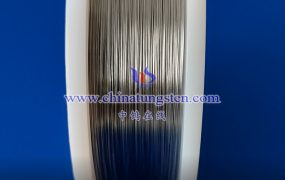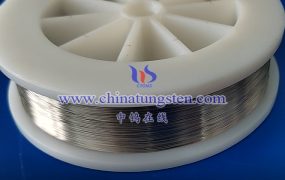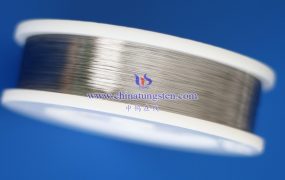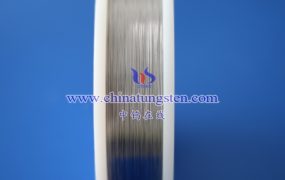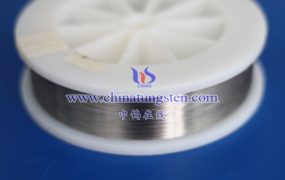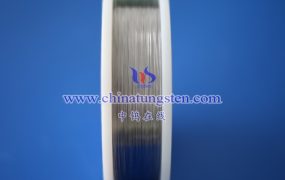The electron emission efficiency of barium tungsten cathode is usually measured by the emission current density. Emission current density refers to the flow of electrons emitted from the cathode surface per unit area. This is a commonly used index to measure the efficiency of barium tungsten cathode to produce electron emission.
The emission current density can be calculated by the following formula:
Emission current density (J) = emission current (I) / cathode surface area (A)
Among them, the emission current is usually measured in ampere (A), and the cathode surface area is usually measured in square centimeters (cm²).
The greater the emission current density, the greater the flow of electrons emitted from the cathode surface, and the higher the electron emission efficiency. The emission current density can be affected by various factors such as cathode material, operating temperature, barium content, and cathode structure. In order to obtain the best electron emission efficiency, these factors need to be comprehensively considered in the design and preparation of the cathode, and tested and optimized in practical applications.
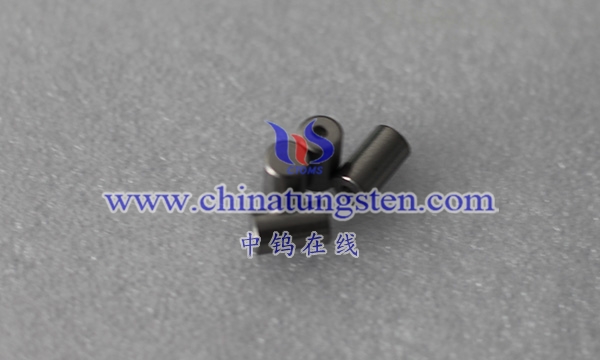
More details of barium tungsten electrode, please visit website: http://tungsten.com.cn/barium-tungsten-electrode.html
Please contact CHINATUNGSTEN for inquiry and order of barium tungsten electrodes:
Email: sales@chinatungsten.com
Tel.: +86 592 5129595
